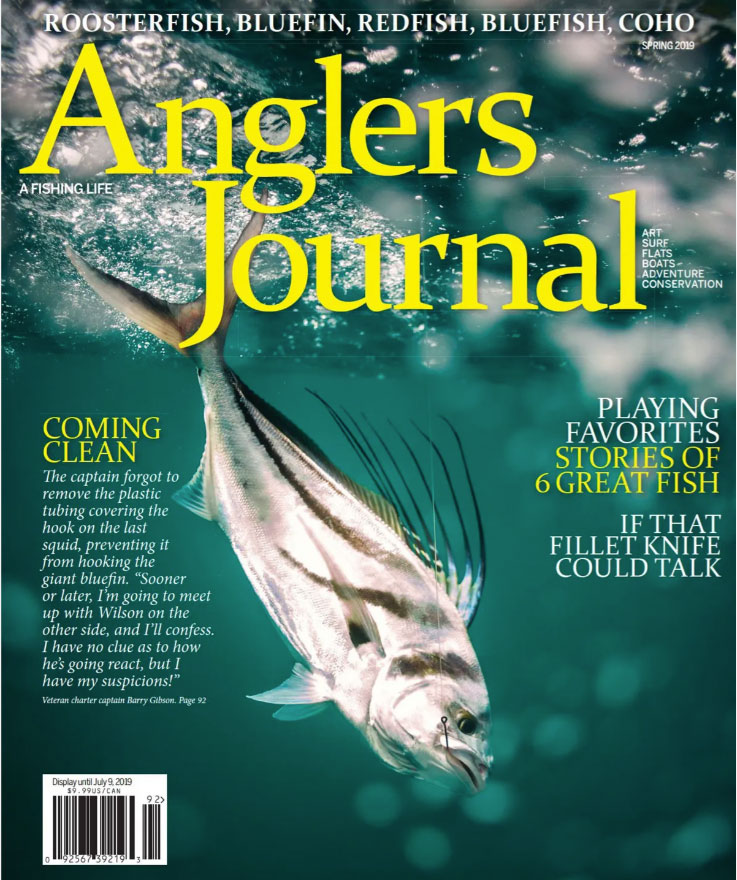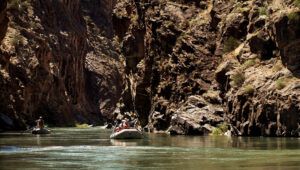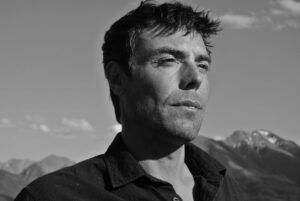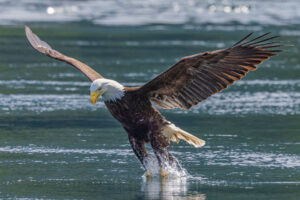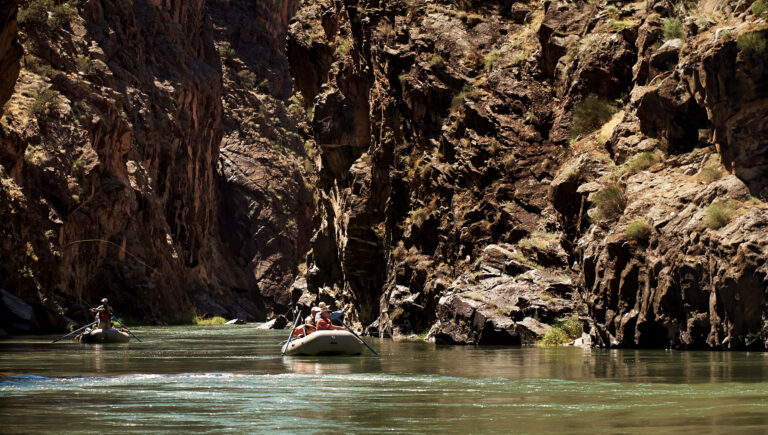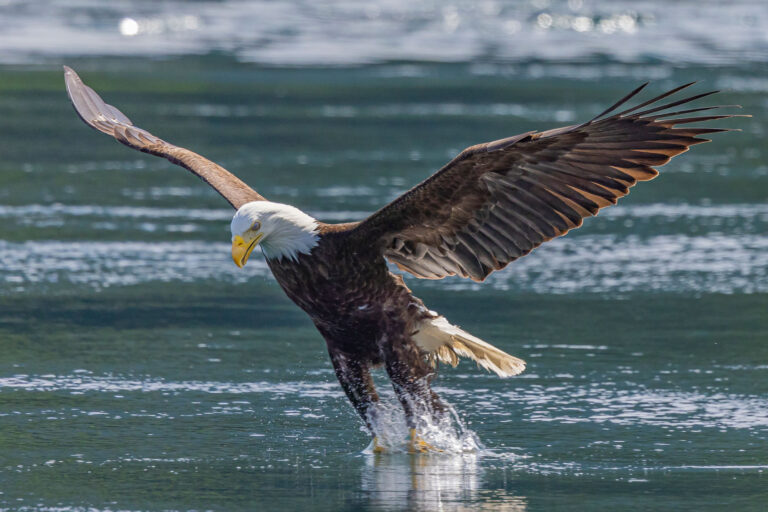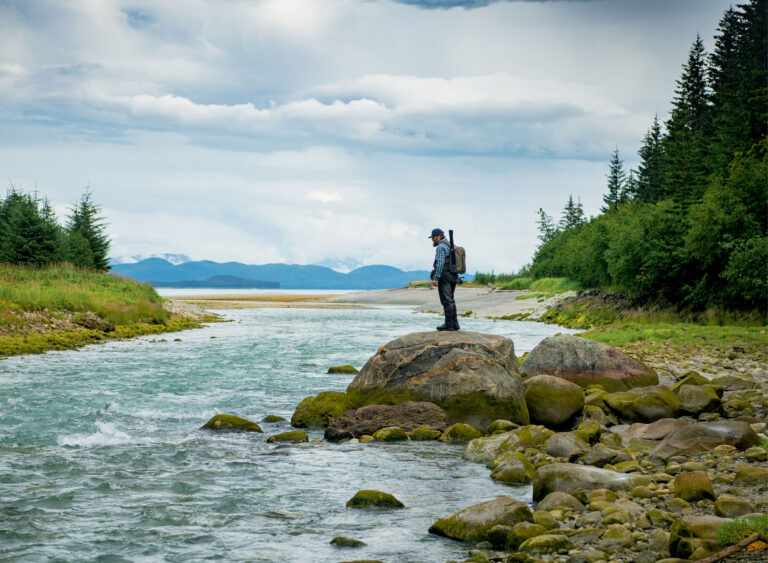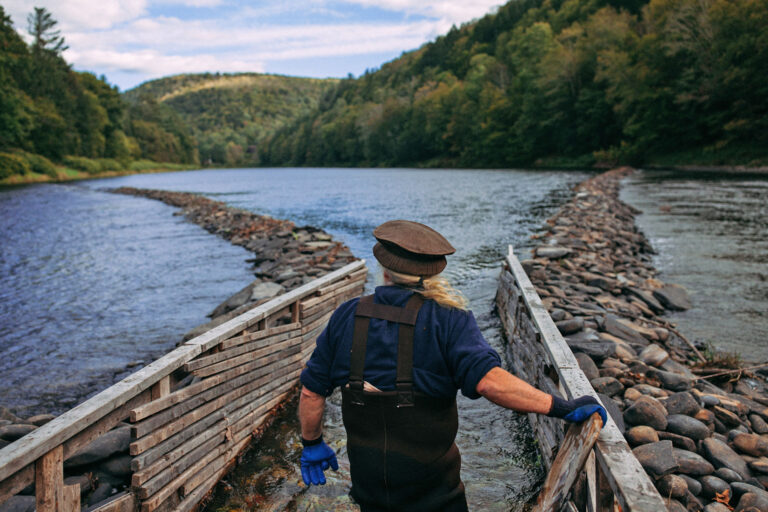Arthur Shilstone, one of sporting art’s masters, is a transparent watercolorist. He uses a technique developed in late 18th and early 19th century England in which the white the viewer sees is the paper itself and not paint.

These white unpainted spaces, sometimes prominent in the foreground or background, show swaths of snow, water and sky. They contrast dramatically with densely pigmented and shadowed areas and can artfully express the splash of a fish or a gray winter’s glow behind an obscured sun.
Shilstone, 92 and still painting daily, was an art student at Brooklyn’s Pratt Institute when the United States entered World War II, and he enlisted in the Army. Deployed to Europe with the 603rd Engineer Camouflage Battalion, he captured everything around him — the GIs, the bombed-out villages, the machinery of war — with an India ink fountain pen and a dab of spit on his thumb to produce the soft washes that later found their way as signature elements in his sporting art watercolors.
Through much of his seven-decade career, Shilstone worked as a magazine illustrator, witnessing many of his generation’s historic moments and recording these events with his signature style of tightly composed illustrations blended with loose washes of color.
After he finished school, Life magazine sent Shilstone on news assignments, including coverage of the Sam Sheppard murder trial, Sen. Joseph McCarthy’s funeral and the U.S. Supreme Court’s school desegregation decision. His work appeared in more than three dozen publications, from Life, Smithsonian and National Geographic to Sports Illustrated, Gourmet and Field & Stream.
Shilstone and his wife, Beatrice, a former fashion editor at Women’s Wear Daily, moved from the fast-paced life of New York City to Connecticut more than a half-century ago, where he set up his studio in a converted old barn with a massive wall of paned glass on the north face — perfect for the light illustrators seek — and several untamed acres surrounding him. This setting, where grouse still strummed in the woods and good trout fishing beckoned in streams just down the road, became an inspiration for his later art.
As photography began to edge out magazine illustrations, a friend asked Shilstone to paint an outdoor scene at his spread along Montana’s Yellowstone River. Soon after, a hunting trip to Maryland’s Eastern Shore reminded Shilstone of his passion for woods and water and nudged him into launching his sporting art career.
Shilstone creates mood by blurring details in mists and skies. Tight details, such as fins and feathers, are not a priority in his work. He uses his brush to show men pursuing game and to capture a body of water at a particular time of day, bathing the scene in the light and rich colors of the season. His goal is to create a sense of place and a place of sense in which sight, sound, look, and the changing light and shadows crystallize the moment. Shilstone eternalizes that moment in a way that allows anglers or hunters to place themselves there, making a strong connection between subject and viewer.
His strong, clean design — born from a firm foundation in draftsmanship, figure drawing and composition — balances varying proportions of foreground to background, and of water, shoreline and sky. Reflecting waters tie his fishing works together, creating spaces further defined by a sharply focused foreground of river boulders or vegetation that gives way to hazy horizons in the distance.

Water also serves to gather light and reflect it into the sky, making mist sunny and washing paintings with a warm glow. Somewhere in the middle, as a focal point in the surrounding landscape, is the sportsman, highlighted with a splash of red in a shirt or cap, the figure’s size and clarity establishing the viewer’s point of view and distance.
Shilstone designs a painting in steps. He works directly from nature’s inspiration. He relies on photos to create an initial framework and contemplates how to approach his subject. He then does small “studies” to define perspective, color and composition before creating a finished work. The final painting begins as a landscape to which he adds details and figures to create focal points where he wants to lead the viewer, carefully combining every skill set he has developed during the past 70 years.
Sporting art expert Fred Polhemus is the foremost authority on Shilstone’s work. He recently completed the book Arthur Shilstone — A Lifetime of Drawing & Painting (Tide-mark Press hardcover, 160 pages, 184 images, $44.95). A special boxed Collectors Edition is available in a signed and numbered version and includes a signed and numbered, limited-edition print ($150). Available through the J. Russell Jinishian Gallery, (203) 259-8753.

